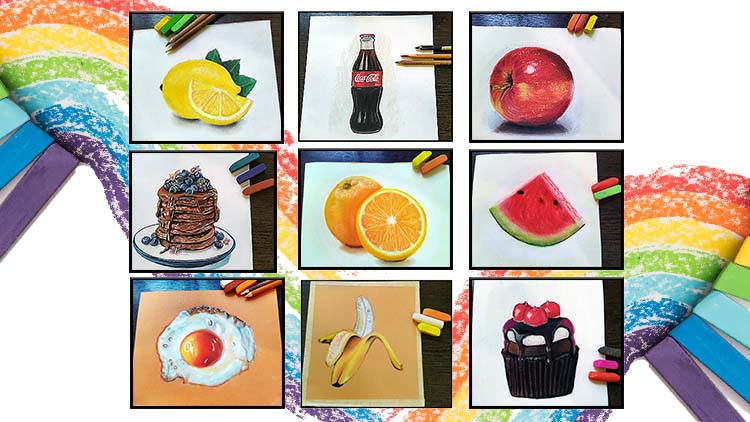Drawing and Sketching for Beginners

— Updated May 2020 — (Added List of things new drawing prompts – never be stuck for something to draw!)
Have you ever wanted to learn to Draw? Perhaps you tried, but did not have the guidance necessary to progress your artwork? Maybe, you used to sketch a long time ago and now want to rebuild your skills? Or, maybe you are looking to capture visual notes? If you answered YES to any of these questions? Then come join me to learn the foundation skills needed to become a better sketcher!
Sketching for Beginners is a self paced course. Designed to guide novice students on how to get started sketching and drawing. This course starts right at the beginning. By understanding the tools and techniques needed to start drawing today. You will learn the best ways to hold your pencils? How to make different types of marks? How to simplify your images using just 5 values? And so much more. This course also contains practical exercises and demonstration lectures. Which you can follow along at your own pace, and share your final images in the Q and A section if you wish.
This courses focuses on using traditional materials, pencil and paper. We will cover how you can get by with just a single 2B pencil and regular printer paper. A cost effective way to learn this skill. Each exercise is designed to develop your own personal sketching language. How to practice sketching. How to communicate with simple drawings and sketches.
Each module builds upon the last. Accompanied with practical exercises for you to download. Each e-Book offers advice and guidance to give you a clear path to follow.
The course consists of over three hours of video content. Segmented into 25+ modules. With new lectures added each month. Plus, as a lifetime student you have the opportunity to request new topics. At no extra cost to you.
Want some feedback on your work? No problem. This course has a dedicated Q&A section where you can post your questions. Ask for some feedback. Or share your results from the course. I am active most days of the week and ALWAYS reply to questions within this course. Which we all know is vital to anyone looking to learn how to draw!
So, if you have ever wanted to learn to draw, but did not know where to begin. This course is for you. Come join this awesome group and we will begin this journey together.






